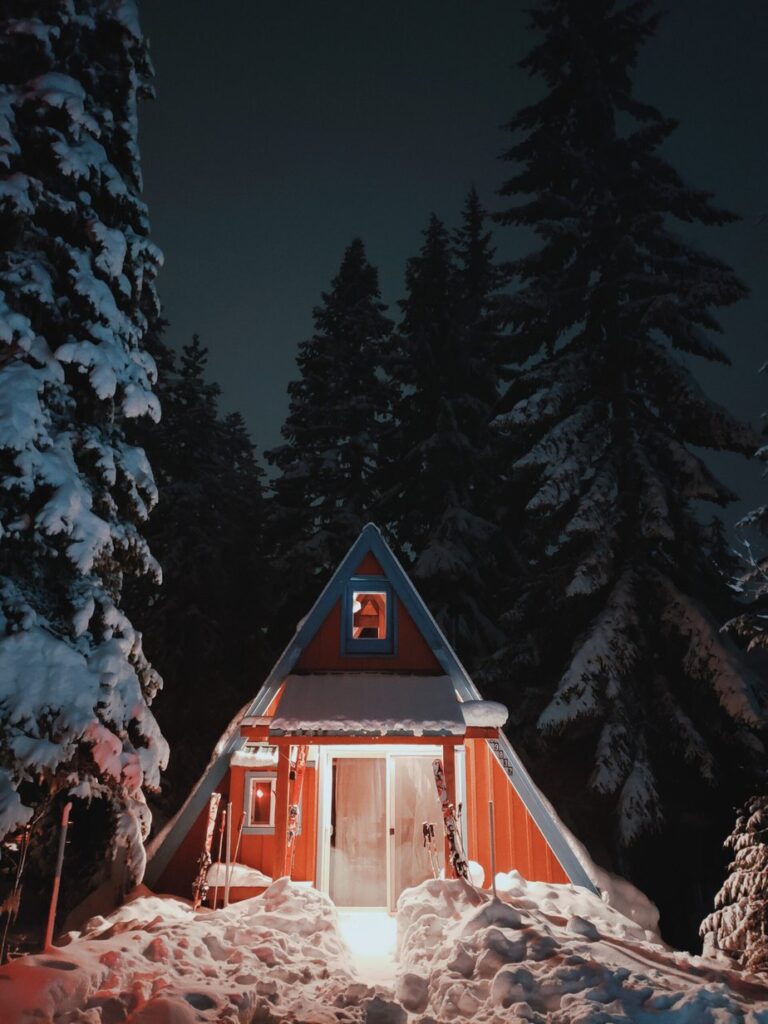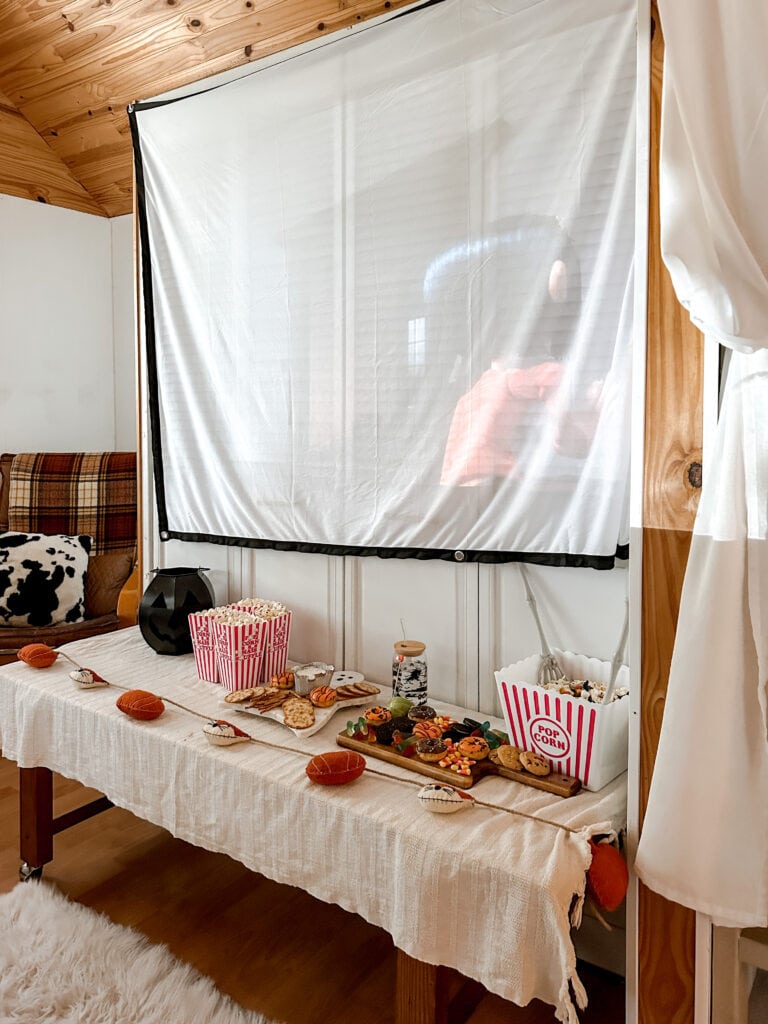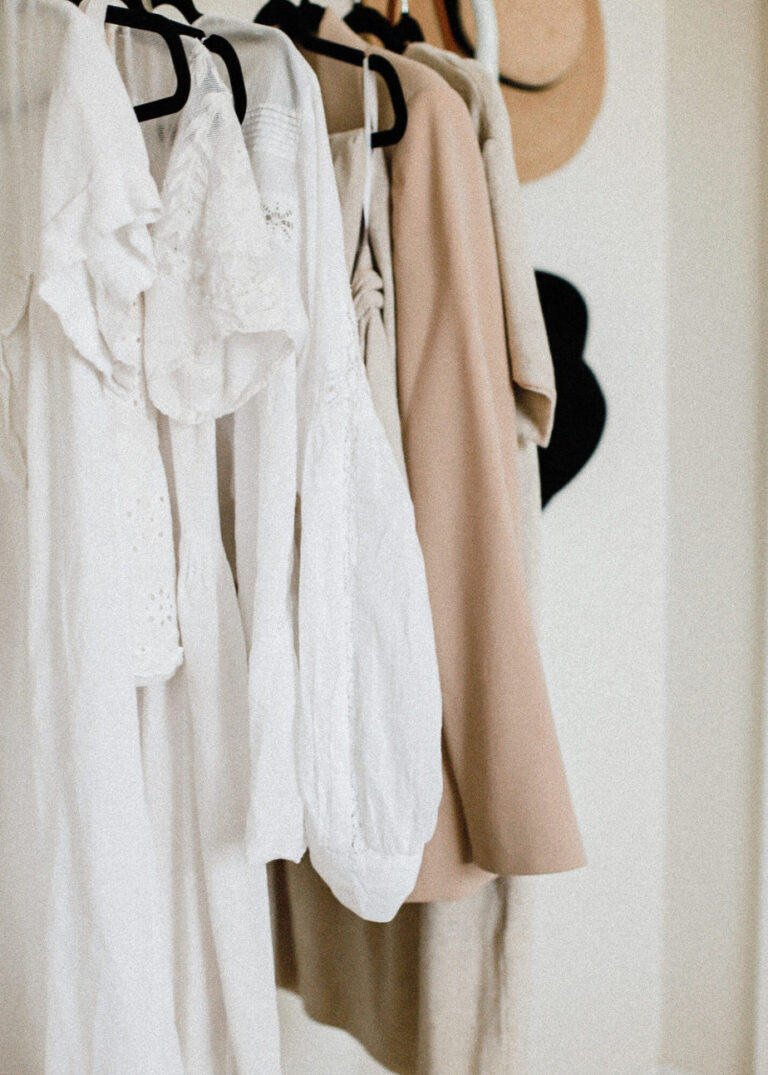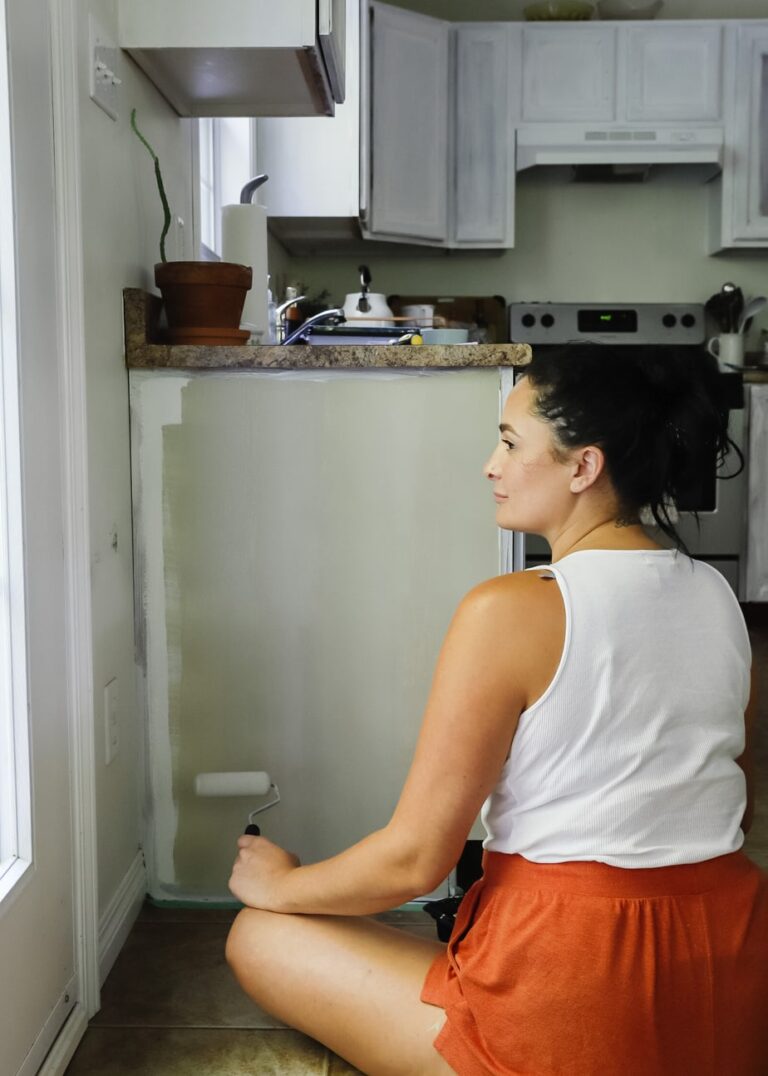How to Winterize a Cabin in 10 Easy Steps
Post Summary: This is an easy-to-follow guide on how to winterize a cabin or cottage yourself in 10 easy steps.

As I sit down to write this post, it’s currently the end of August, and like many of you, I’m starting to feel a little antsy about the change of season. I love nothing more than spending summers at the cabin. But as fall approaches, cabin owners like myself need to take proactive steps to winterize our properties and protect them from potential water damage, burst pipes, and other issues that can arise during the cold winter months. So to get a headstart, I thought would share our tips for winterizing your cabin and avoiding costly repairs. We want you to have peace of mind and maintain the value of your property. In this guide, I’m going to teach you how to winterize your cabin all by yourself, effectively and provide you with the best tips to ensure your property stays in top shape until next spring.
Growing up my dad was the local handyman, he is a retired aircraft mechanic with a knack for figuring out just about anything. So our neighbors at the cottage would hire him to winterize and close up. And every year I tagged along, helping to shut off the water, drain the pipes, and make sure we hit everything on our checklist. Now, as cabin owners ourselves, I benefit a lot from helping my dad as a kid. Which is why I feel like my expertise is best shared on Cottage Living and Style, so you can easily refer back and follow along yourself.
Keep reading to find out how to winterize a cabin or cottage yourself in 10 easy steps.
How to Winterize a Cabin Yourself!
“Winterizing” means to adapt or prepare a house for colder months. Which ultimately gives you a piece of mind, especially for seasonal properties in remote locations. If your cabin or cottage is located on an island like ours, it can be hard to check on the property, or even get there to fix an issue during the winter months.
We all know there are endless to-do lists and tasks for cabin and cottage owners, but hopefully, this list will give you all the know-how to make your life a little easier.
1. Turn Off the Water Supply
Starting with step one! Turning off the water supply. The first thing you should do when winterizing your cabin is to locate the main water valve and turn it off. This prevents water from flowing into the cabin’s pipes and plumbing systems, reducing the risk of burst pipes and water damage.
You want to make sure you also drain the water supply. You can do this by opening all faucets, to remove as much water as possible.
2. Drain Water Lines and Appliances
Once the water is turned off, and the faucets are turned on, the next step is to prevent any remaining water from freezing and causing damage. Drain your cabin’s water lines, water pump, hot water tank, and any other appliances that use water.
You’ll need to flush all the toilets and pour antifreeze into toilet bowls, tanks, and floor drains. We also recommend pouring it into the tub or shower drains. Next, you need to disconnect and drain the outdoor water pipes, garden hoses, and any outdoor faucets. Remember to drain and disconnect appliances like washing machines and dishwashers.
3. Deal with the Septic Tank and Water Pump
Every year, you will need to drain your water pump and water pressure tank to avoid damage from freezing water. This is done by, removing the drain plug, or opening a faucet. This makes sure there is air in the tank, allowing water to run through and out of the pump. After the pump is drained, there will be a bit of water that is stuck in the pipes. You can use an air compressor to blow out the excess water.
If your cabin has a septic tank, it’s important that every few years you will need to pump out the septic and treat it before winter arrives. This prevents any freezing or potential backups during the cold months.
4. Protect the Plumbing
Step four is to seal any drafts or holes in the cabin’s exterior walls, especially around pipes and wiring. Use insulation or caulk to seal these gaps. For added protection, consider using heat tape on exposed pipes to prevent freezing. Heat tape is an electrical heating cable that can be wrapped around pipes to provide a consistent source of warmth.
5. Address Heating Systems
Maintain a warmer climate within your cabin by setting your thermostat to a temperature that will prevent freezing. You can also invest in a smart thermostat (which we will link to below) that will allow you to control the temperature remotely.
Next, you’ll need to check and clean your heating system, whether it’s a furnace, wood stove, or another heating system before the cold weather sets in. That way you will have efficient heating throughout the season.
6. Prepare Appliances and Electrical Systems
Unplug electrical appliances and turn off the power to gas water heaters. If you have a gas-powered heating system, make sure the pilot light is extinguished. This will make sure there aren’t any unnecessary gas consumption and reduce the risk of accidents.
Also, clean your cabin’s air filter to ensure your heating system works optimally.
7. Seal Crawl Spaces and Insulate
If your cabin has a crawl space, make sure it’s properly sealed and insulated to prevent cold air from infiltrating, and any critters from making a home in your cabin over the winter. Insulation helps maintain a stable temperature and prevents frozen pipes. Inspect the area for any small holes or openings that could allow cold air to seep in, and again seal them with caulk, steel wool, or appropriate insulation materials.
8. Consider Water Drainage and Sump Pumps
If your cabin is located in an area prone to heavy snowfall or melting ice, make sure your property has proper drainage to direct excess water away from the foundation. Make sure your sump pump is functioning correctly and consider installing a backup power source to keep it running during power outages.
9. Protect Outdoor Items
One of the last steps is to store outdoor furniture, lawnmowers, and other outdoor items in a sheltered location or cover them with tarps to prevent damage from snow, ice, and cold temperatures. Turn off exterior lights and disconnect any gas-powered tools to make sure they’re in good condition when spring arrives.
10. Seek Professional Assistance
For cabin owners who are unsure about the winterization process or for those with complex plumbing systems, consulting a professional plumber, or handyman is a good idea. They can provide expert advice and ensure that your cabin is properly prepared for the cold winter months. This can save you from major damage and expensive repairs down the line.
Winterizing your cabin is an important step in ensuring the longevity and value of your property. By following these steps and taking the time to properly prepare your cabin for the cold season, you’ll enjoy peace of mind knowing that your property is protected against potential water damage, burst pipes, and other winter-related issues. But remember, it’s always best to start early and start checking the property well before the cold months set in. Many of our friends who own cabins and cottages, aim to close up on Labor Day weekend. However, for us, we enjoy the fall season at the cabin, which means we’re usually winterizing our cabin just after Halloween. But with proper care and preparation, you’ll be able to enjoy your cabin for many more years to come.






